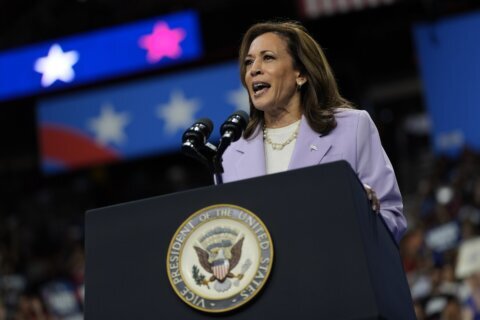The most recent FAFSA rollout has been plagued with delays, and that continues for the 2025-2026 cycle. The U.S. Department of Education announced Aug. 7 that the upcoming Free Application for Federal Student Aid form will be open to all students by Dec. 1 — about two months later than the typical release date.
There will be a phased rollout, including a testing period in which a limited number of students and institutions will have access to the form beginning Oct. 1 as a way to preventively address potential problems before it officially goes live. Students who are part of that test period won’t have to resubmit their form when it officially opens.
“We’ve heard from students, families, higher education professionals and other stakeholders loud and clear: They want a better, simpler FAFSA process, and they want to know when they can reliably expect it,” Jeremy Singer, FAFSA executive adviser in the office of Federal Student Aid, said in a press release announcing the changes. “In close collaboration with partners, FSA is confident we will deliver not only a better product, but also a smoother process than last year. One that makes higher education more accessible and within reach for more Americans.”
FAFSA-related resources will be released in advance and forms are set to be processed within one to three days of submission. However, batch corrections functionality for colleges and universities — which has not been available during this current FAFSA cycle — will not be accessible for them by the Dec. 1 release date.
[Related:States’ Responses to FAFSA Delays: What Students Should Know]
After a student submits the FAFSA, the federal government determines the applicant’s eligibility for federal financial aid and then electronically sends a report to colleges indicated by the student on the FAFSA. Sometimes corrections need to be made before schools can finalize financial aid packages, which include the student aid index, formerly called a student’s estimated family contribution.
The current FAFSA opened in late December 2023, causing widespread concern among students, parents and colleges and creating a ripple effect of delayed form completion, delayed federal issuance of student aid reports, delayed creation of financial award packages from colleges and delayed decisions by many students about where or whether to attend college in 2024-2025.
As a result, some admission experts fear enrollment decreases as students return this fall.
“The fact that we are still, to this day, dealing with the aftershocks of this year’s FAFSA rollout shows just how imperative it is that the process is thoroughly tested from end to end and launched as a system, not in a piecemeal manner,” Beth Maglione, interim president and CEO of the National Association of Student Financial Aid Administrators, wrote in a statement issued Aug. 7.
“Ideally, we would have a fully functional, well-tested FAFSA opening on October 1,” she added. “But given where we are in the process, and the challenges that have plagued this year’s rollout, we would rather wait until December 1 to allow time for the necessary testing to ensure a functional system when ED launches the 2025-26 FAFSA.”
To be considered for federal financial aid such as Pell Grants, work-study and federal student loans, students must fill out the FAFSA. States and colleges also use the form to determine grant and scholarship eligibility.
As of Aug. 2, 2024, 49% of the high school class of 2024 had submitted the FAFSA — a 9.9% decrease from the same time last year, per the National College Attainment Network’s FAFSA Tracker. Puerto Rico currently has the highest FAFSA completion rate among those high school seniors, 65.9%, followed by Tennessee and Louisiana. Alaska, on the other hand, has the lowest: 27.3%.
[Read: What You Need to Know About College Tuition Costs.]
Research indicates that access to financial aid plays a major role in a student’s college decision, particularly lower-income and underrepresented minority students.
According to a recent report by Ellucian, a higher ed technology solutions provider, 76% of 1,500 college students in a national survey reported that the amount of financial aid they received and the financial aid process itself affected their college choice. Additionally, 59% said they considered dropping out of college because of financial stress.
“Getting (the FAFSA) right (and) avoiding summer meltdown in going into the next year is critical to get back on track with the students that need financial aid the most,” says Laura Ipsen, president and CEO of Ellucian. “And those are the same students, by the way, that we lost during COVID — minority students, first-gen students, students in underserved communities. They are off track where they need to be and we just can’t afford to have another round of challenges with the financial aid process.”
Students and their contributors need their own FSA ID to complete the form. MorraLee Keller, NCAN’s senior director of strategic programming, advises them to create one before December “to help streamline the process earlier on.”
“Students curious about what kind of federal financial aid they may qualify for can use the Federal Student Aid Estimator,” she wrote in an email.
Trying to fund your education? Get tips and more in the U.S. News Paying for College center.
More from U.S. News
FAFSA Deadlines You Should Know
What’s New on the 2024-2025 FAFSA
FAFSA Changes: What Is the Student Aid Index?
FAFSA Rollout Delayed Again: Here’s What to Know originally appeared on usnews.com







